Introduction to Minimal-Equipment Workouts
In recent years, minimal-equipment workouts have gained popularity as an effective and versatile option for fitness enthusiasts. These workouts require little to no equipment, making them an ideal choice for group exercise classes. Let's explore the benefits of minimal-equipment workouts and how you can design engaging group exercise classes using minimal equipment. By incorporating Boardgains, a fitness game that utilizes bodyweight exercises, you can add a unique and enjoyable element to your classes, providing an interactive and fun approach that keeps participants motivated and entertained while maximizing the benefits of their training.
Benefits of Minimal-Equipment Workouts
Cost-effective
One of the most significant advantages of minimal-equipment workouts is their cost-effectiveness. Gym owners and trainers can save money on expensive workout equipment, while participants can save on gym memberships or home gym equipment.
Space-saving
Minimal-equipment workouts require less space, making them perfect for smaller gyms, outdoor settings, or even at home. This allows trainers to accommodate more participants in a single class, and participants can easily perform the exercises in their own living spaces.
Encourages creativity
With limited equipment, trainers must think outside the box to create effective and engaging workouts. This creativity leads to unique and fun exercise routines that keep participants motivated and coming back for more. By incorporating Boardgains into these imaginative sessions, trainers can further enhance their classes with an interactive fitness game that adds excitement and enjoyment, reinforcing participants' motivation and commitment to their fitness journey.
Choosing the Right Exercises
Bodyweight Exercises
Bodyweight exercises form the foundation of minimal-equipment workouts. These exercises use the participant's body weight as resistance, requiring no additional equipment. Some popular bodyweight exercises include:
Push-ups
An excellent upper-body workout, push-ups target the chest, shoulders, and triceps. Push-ups can be modified to accommodate various fitness levels, making them a versatile choice for group classes.
Squats
Squats work the entire lower body, focusing on the quadriceps, hamstrings, and glutes. They can be done with various stances and depths to target different muscle groups and cater to individual fitness levels.
Lunges
Lunges are another lower-body exercise that strengthens the quadriceps, hamstrings, and glutes. Participants can perform lunges in various directions, such as forward, backward, or lateral, to add variety to the workout.
Minimal Equipment Exercises
Incorporating some basic equipment into your minimal-equipment workouts can add variety and challenge. Some popular minimal-equipment options include:
Resistance Bands
Resistance bands are lightweight, portable, and versatile, making them an excellent addition to any minimal-equipment workout. They can be used for exercises targeting both the upper and lower body, such as banded rows, bicep curls, and glute bridges.
Kettlebells
Kettlebells are compact, versatile, and great for functional training. Exercises like kettlebell swings, goblet squats, and Turkish get-ups can add a new dimension to your group exercise class.
Jump Ropes
Jump ropes provide an effective and fun way to incorporate cardio into your minimal-equipment workout. Jumping rope can be easily scaled to accommodate varying fitness levels and can be combined with other exercises for a dynamic and engaging workout.
Designing a Group Exercise Class
Warming Up
Begin your group exercise class with a 5-10 minute warm-up to prepare participants for the upcoming workout. Incorporate dynamic stretches and light cardio exercises, such as jumping jacks or high knees, to increase heart rate and loosen up muscles.
Structuring the Workout
There are several ways to structure a minimal-equipment group exercise class. Consider the following popular formats:
Circuit Training
Circuit training involves performing a series of exercises for a set time or number of repetitions, followed by a short rest period. This format keeps participants engaged and allows them to work at their own pace.
High-Intensity Interval Training (HIIT)
HIIT workouts consist of short, intense bursts of exercise followed by brief rest periods. This format is excellent for improving cardiovascular fitness and burning calories in a short amount of time.
Tabata
Tabata is a type of HIIT workout that consists of eight rounds of 20 seconds of all-out effort, followed by 10 seconds of rest. This format is quick and intense, making it perfect for a minimal-equipment workout.
Cooling Down
End your group exercise class with a 5-10 minute cool-down to help participants lower their heart rate and stretch their muscles. Incorporate static stretches and deep breathing exercises to aid in recovery.
Tips for a Successful Minimal-Equipment Workout Class
Engaging Participants
Keep your participants engaged and motivated by offering variety, providing clear instructions, and offering positive reinforcement. Ensure that the workout is enjoyable and challenging to keep participants coming back for more.
Ensuring Safety
Always prioritize safety by demonstrating proper form, providing modifications for different fitness levels, and monitoring participants throughout the workout.
Providing Progressions and Modifications
Offer progressions and modifications for each exercise to accommodate a wide range of fitness levels. This will ensure that all participants feel challenged and successful in your group exercise class.
Conclusion
Minimal-equipment workouts offer an effective, versatile, and budget-friendly solution for group exercise classes. By incorporating a mix of bodyweight and minimal-equipment exercises, you can create engaging and challenging workouts that cater to various fitness levels. Keep these tips in mind when designing your group exercise class, and watch your participants thrive.
FAQs
- Can minimal-equipment workouts be as effective as traditional gym workouts?
Yes, minimal-equipment workouts can be just as effective as traditional gym workouts. They offer a variety of exercises that target different muscle groups, improve cardiovascular fitness, and increase strength and flexibility.
- Are minimal-equipment workouts suitable for beginners?
Minimal-equipment workouts are suitable for participants of all fitness levels. By providing modifications and progressions for each exercise, trainers can ensure that beginners feel comfortable and challenged in the class.
-
How often should I attend minimal equipment group exercise classes?
The recommended frequency for attending minimal-equipment group exercise classes depends on your fitness goals and current fitness level. As a general guideline, aim for 3-5 classes per week, allowing for adequate rest and recovery between sessions.
- Can I combine minimal-equipment workouts with other types of training?
Absolutely! Combining minimal-equipment workouts with other forms of training, such as traditional strength training, yoga, or running, can provide a well-rounded fitness routine and help prevent boredom or plateaus.
- What should I wear and bring to a minimal-equipment group exercise class?
Wear comfortable, breathable workout clothes and supportive athletic shoes. Bring a water bottle to stay hydrated during the class, and consider bringing a towel or yoga mat for exercises performed on the ground.

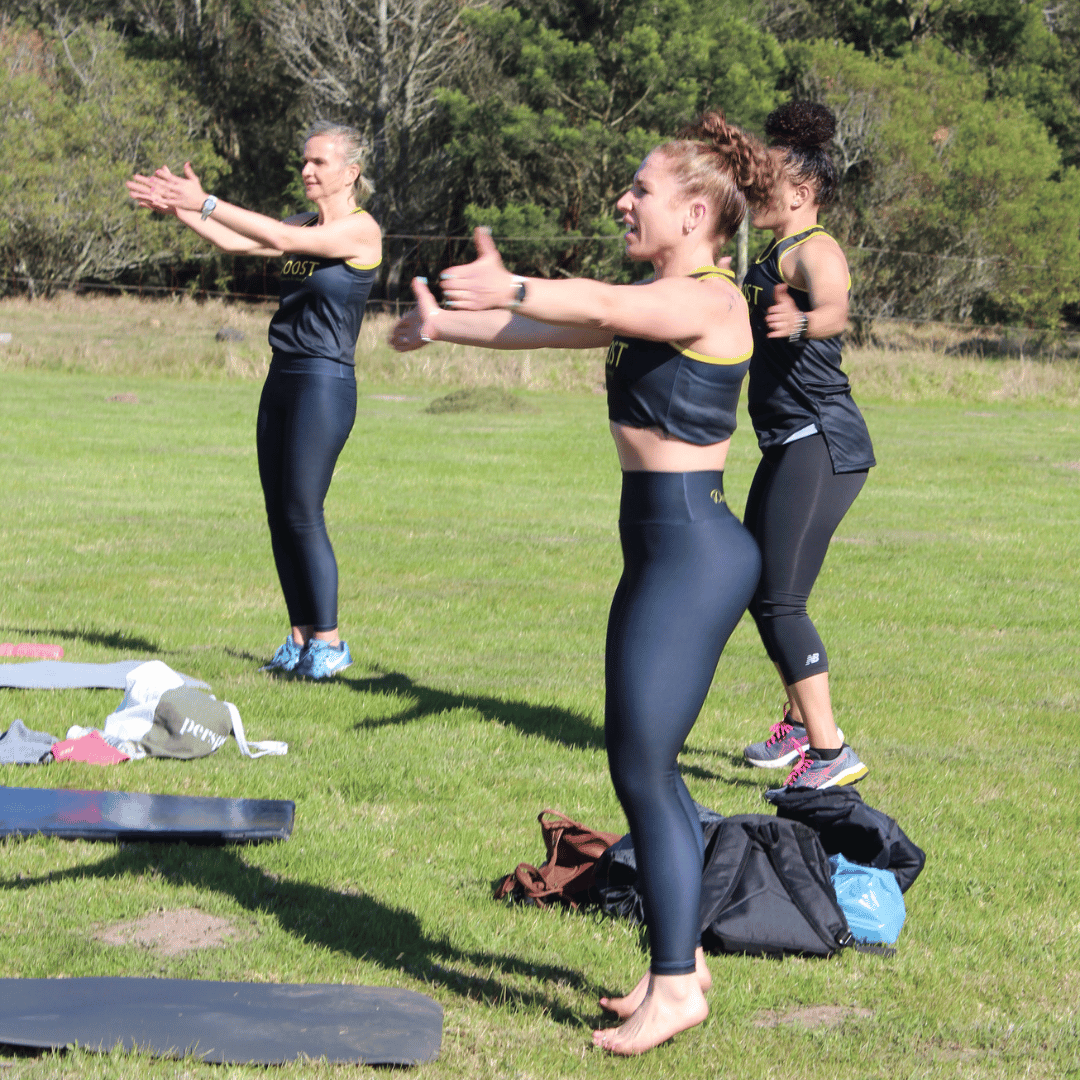
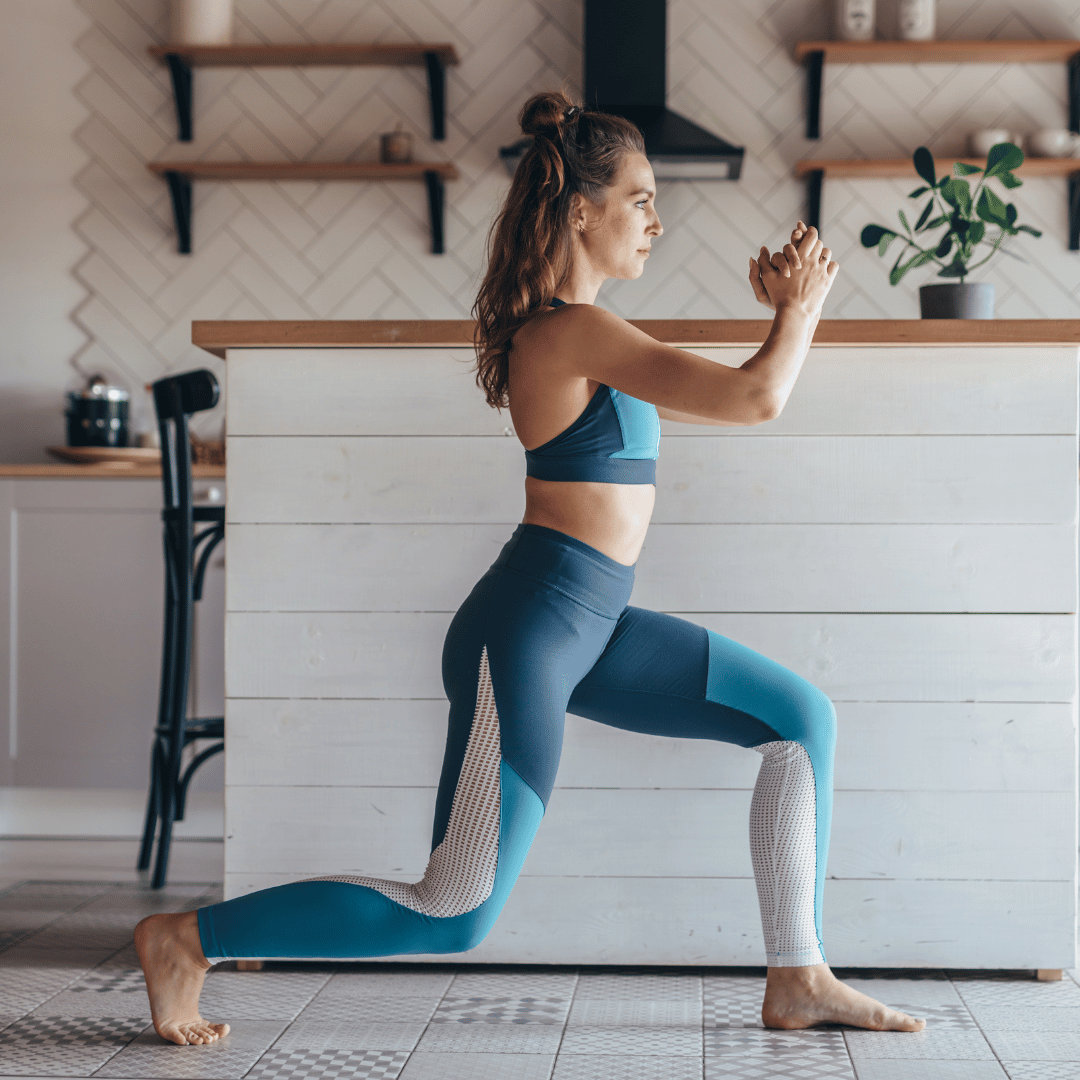
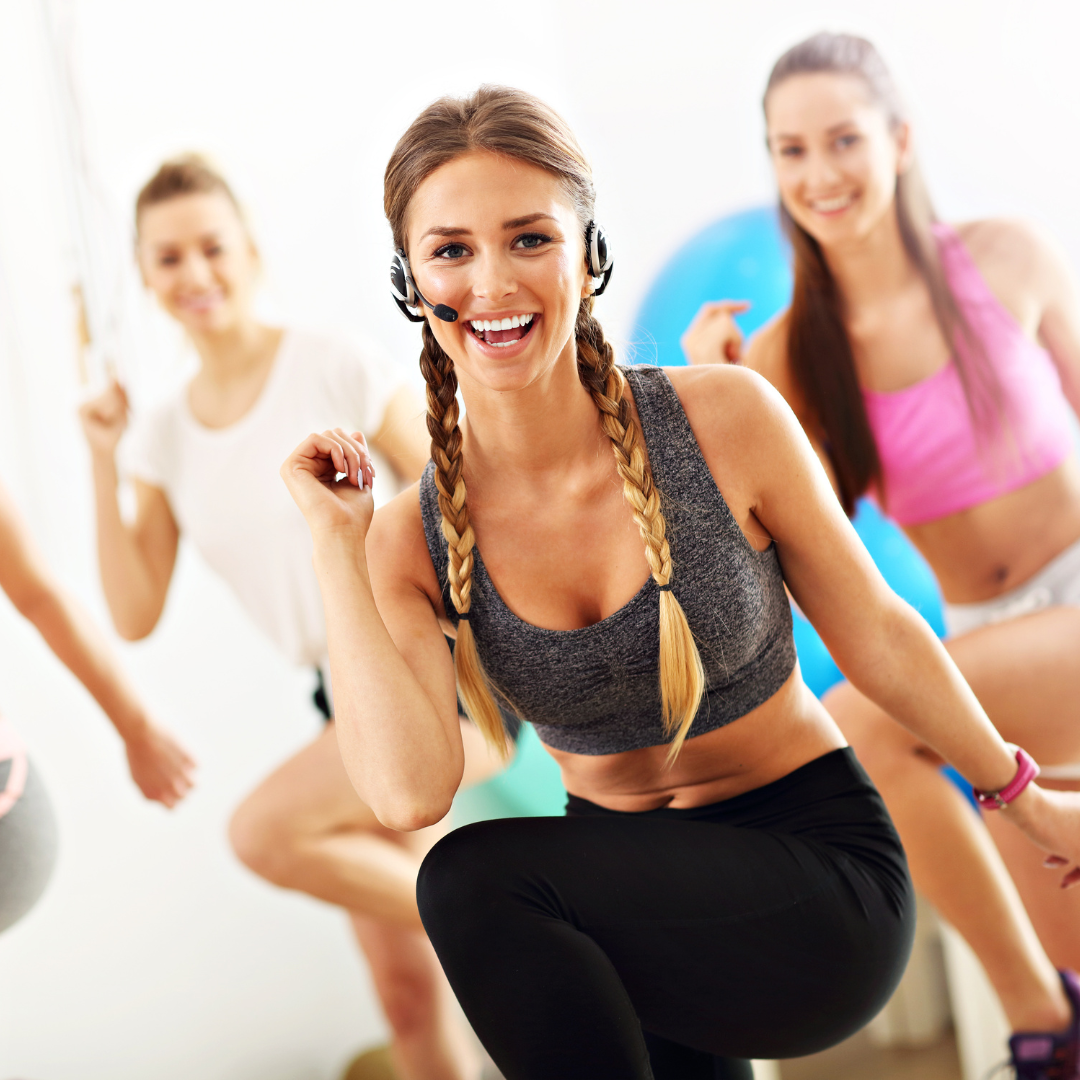
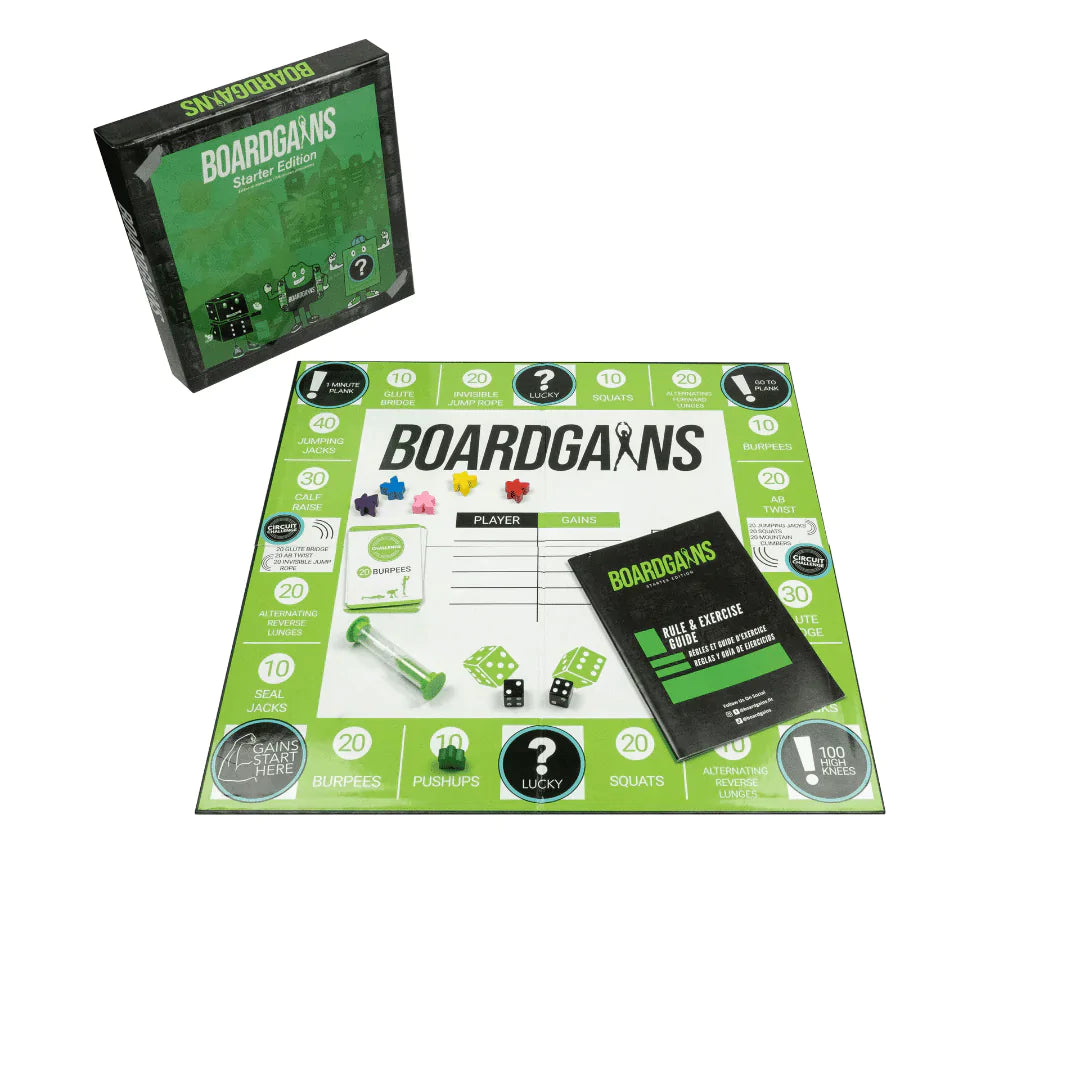
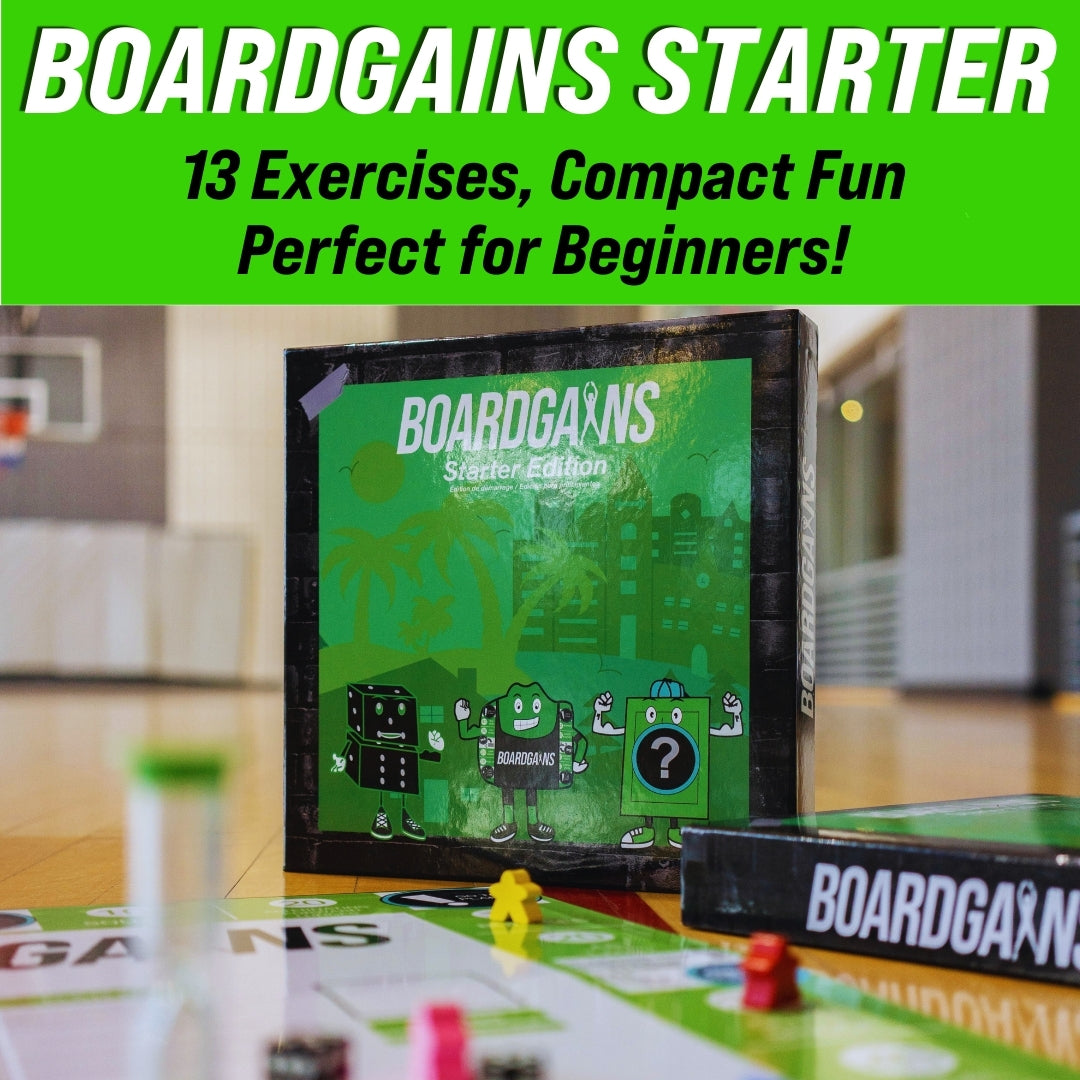
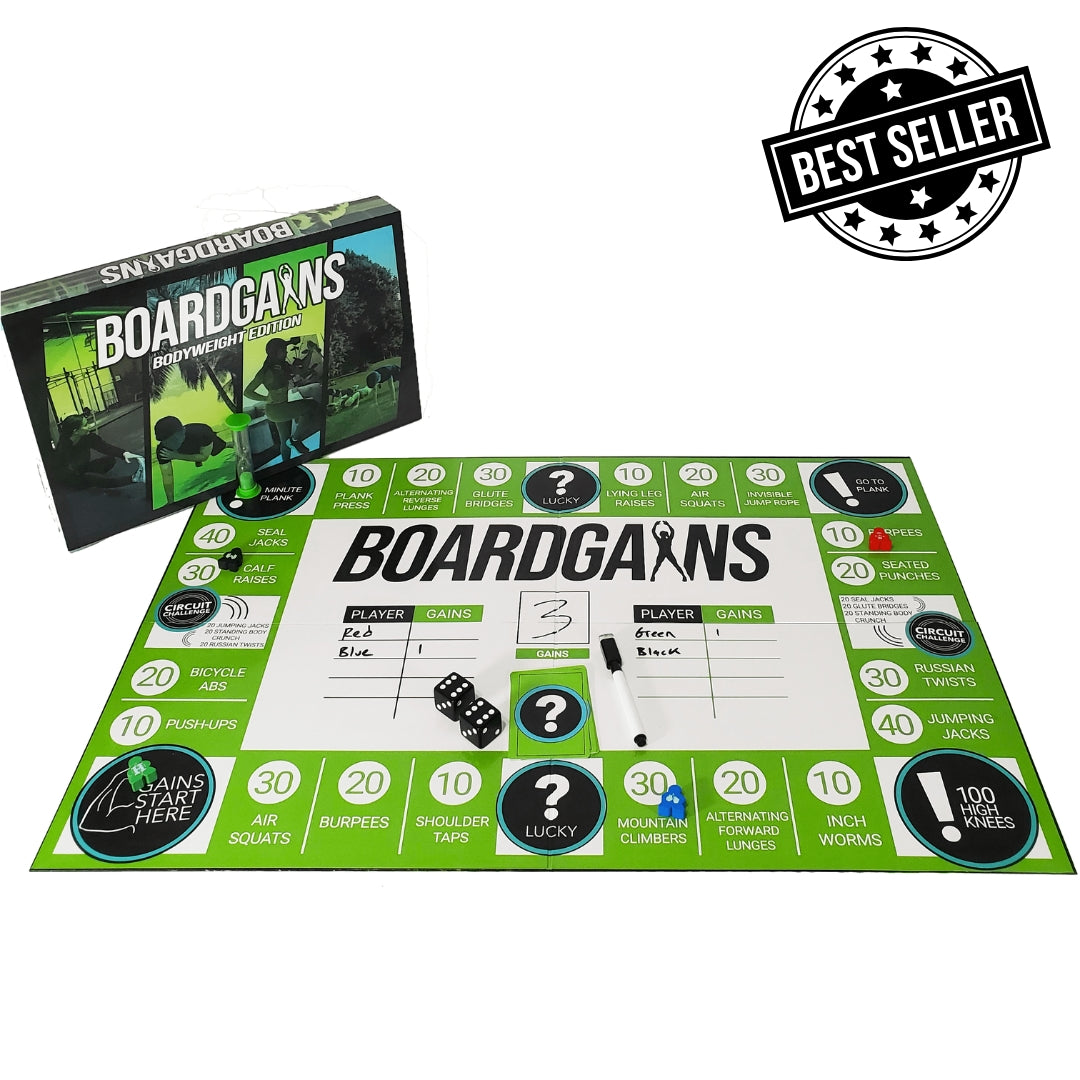
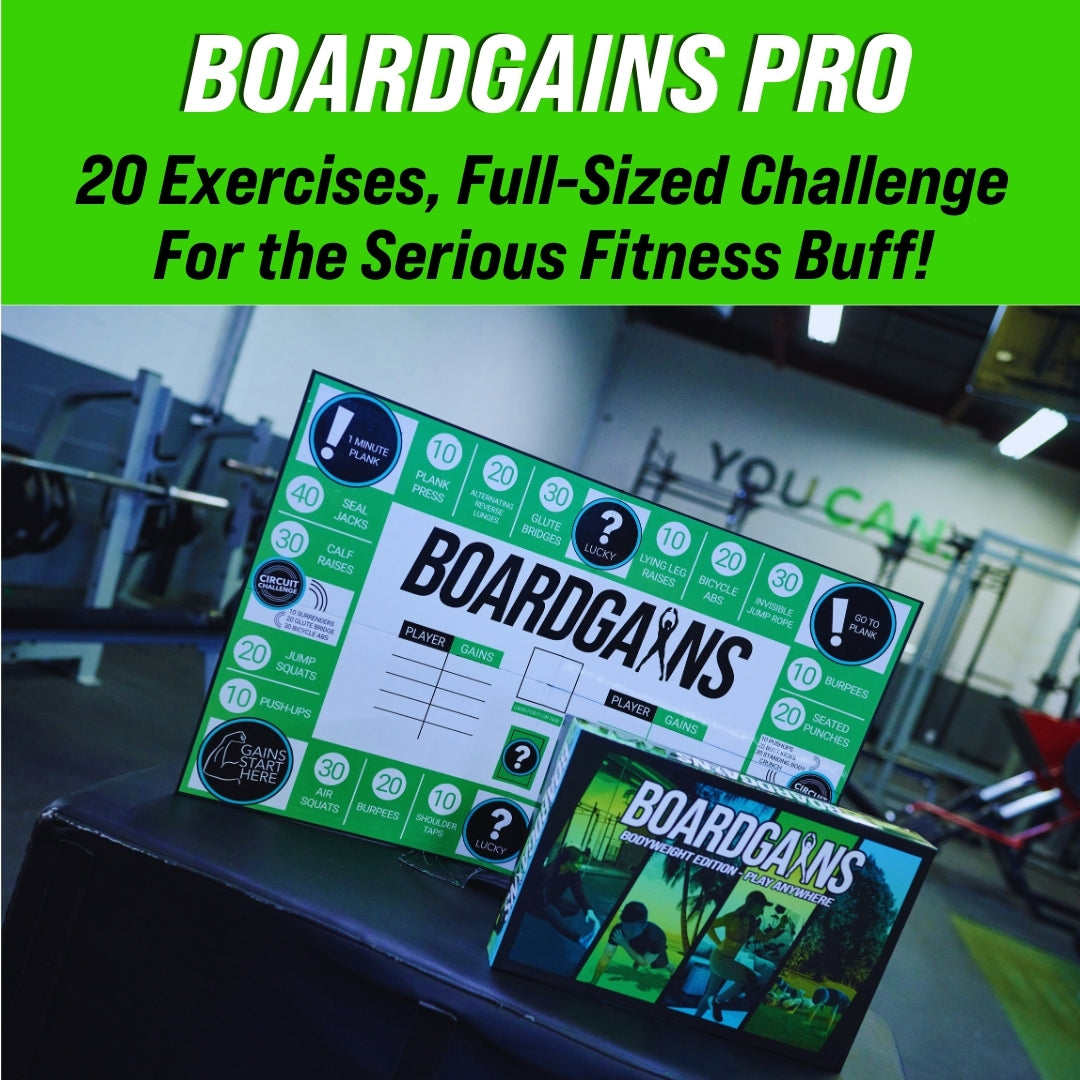
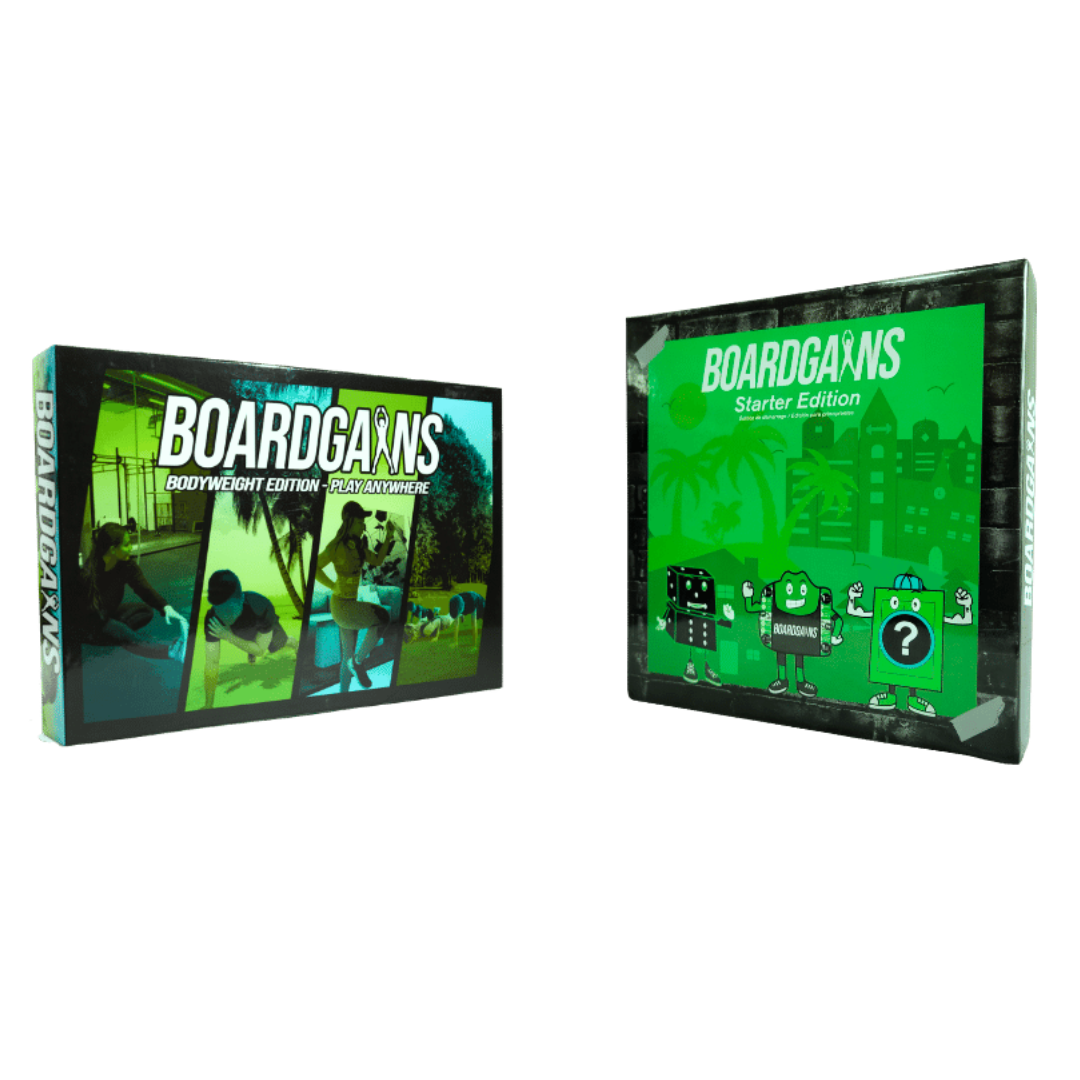
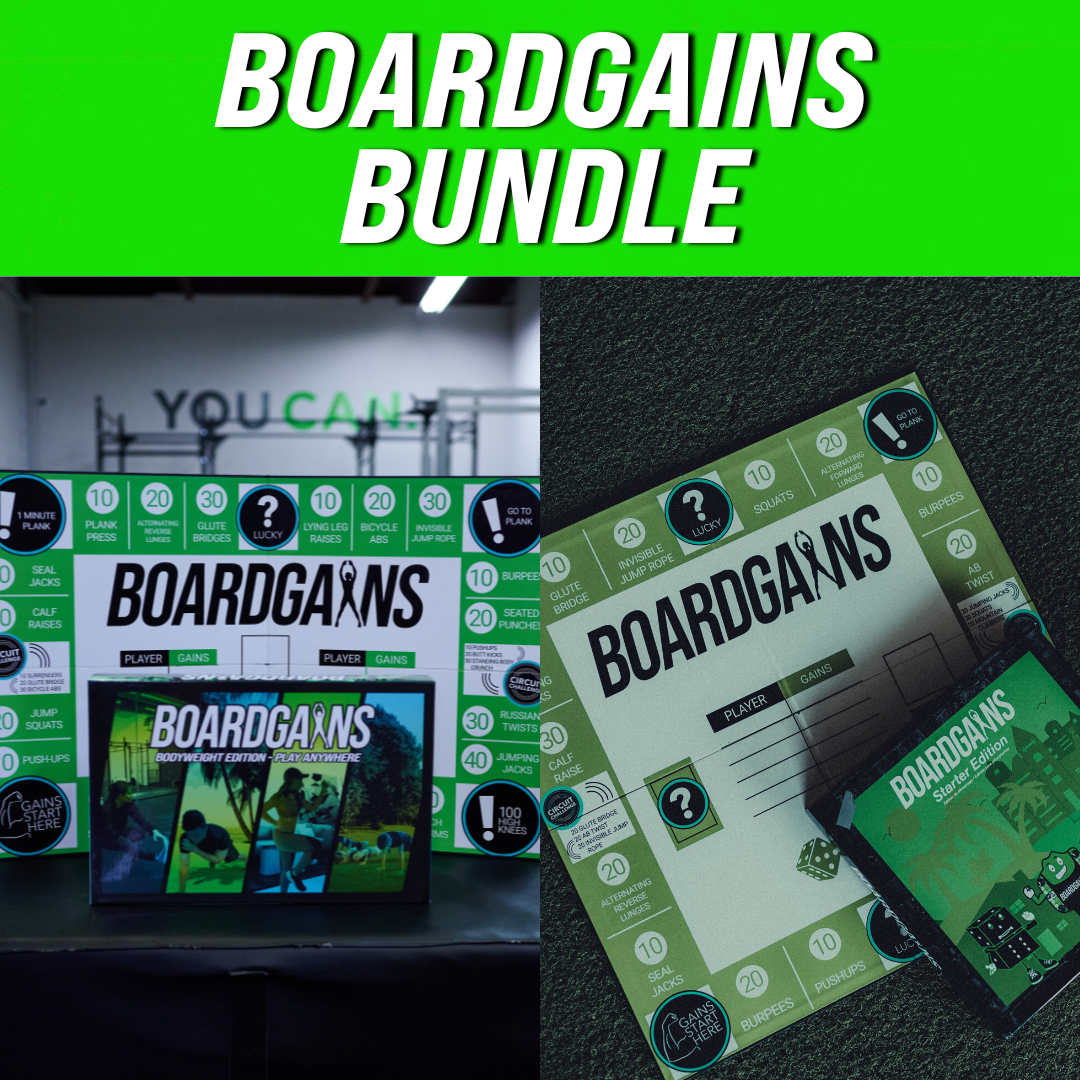
Leave a comment
This site is protected by hCaptcha and the hCaptcha Privacy Policy and Terms of Service apply.